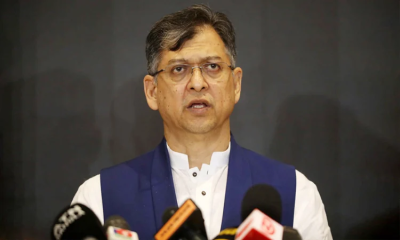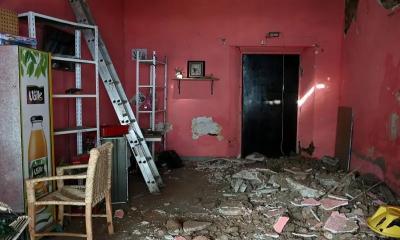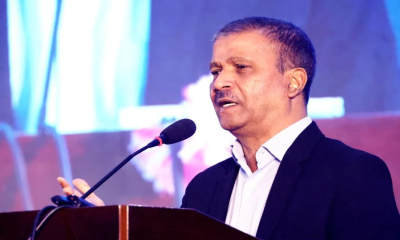The tradition of naming tropical cyclones began years ago to aid in the swift identification of storms in warning messages. Names are considered easier to remember than numbers and technical terms, enhancing community preparedness and media reporting.
Naming storms helps in disseminating warnings quickly and effectively. Initially, storm names were chosen arbitrarily. By the mid-1900s, feminine names were used, and later, an alphabetical list of names was introduced. For instance, a storm named Anne would be the first of the year. By the late 1900s, male names were also included, particularly for storms in the Southern Hemisphere.
Since 1953, Atlantic tropical storms have been named from lists created by the National Hurricane Center, now maintained by an international committee of the World Meteorological Organization (WMO). These names are not chosen randomly or to honor individuals but are familiar to people in each region, making it easier for the public to understand and remember the storms, thus enhancing disaster risk awareness and preparedness.
Why Naming Tropical Cyclones is Important:
- It helps identify each individual cyclone.
- The public becomes fully aware of a cyclone`s development.
- Local and international media focus on the cyclone.
- It avoids confusion when multiple cyclones occur in the same area.
- Cyclone names are memorable and help in recalling significant events.
- Warnings reach a broader audience quickly.
- Procedure for Naming Cyclones:
A strict procedure is followed to determine the list of cyclone names for each ocean basin. This is managed by the Tropical Cyclone Regional Body responsible for that region during their annual or biennial meetings. There are five such bodies: ESCAP/WMO Typhoon Committee, WMO/ESCAP Panel on Tropical Cyclones, RA I Tropical Cyclone Committee, RA IV Hurricane Committee, and RA V Tropical Cyclone Committee. Each body monitors and predicts cyclones in their respective regions and names them.
Cyclones are named according to regional rules. For instance, the Hurricane Committee uses six rotating lists for the North Atlantic Ocean, with each list reused every six years. Similar practices are followed for the Eastern and Central North Pacific Oceans.
Naming Cyclones in the North Indian Ocean:
In 2000, the WMO/ESCAP Panel on Tropical Cyclones agreed to name cyclones in the Bay of Bengal and the Arabian Sea. This practice began in September 2004. The Regional Specialized Meteorological Centre (RSMC) in New Delhi assigns names to cyclones in these regions. The lists used are sequential and not rotated like those in the Atlantic and Eastern Pacific.
Public suggestions for cyclone names are welcome, but the proposed names must be short, easily understood, culturally sensitive, and non-inflammatory. Names of particularly destructive storms are retired to avoid confusion and out of respect for the impacted communities.
This practice ensures effective communication and heightened awareness, crucial for disaster management and preparedness.


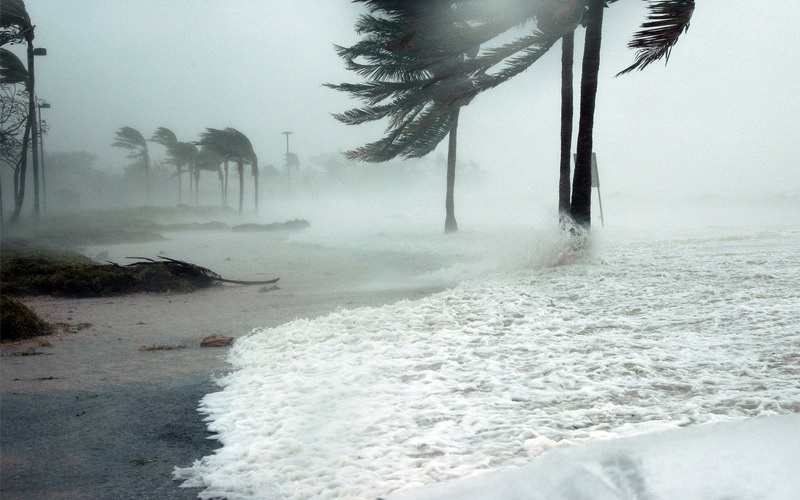

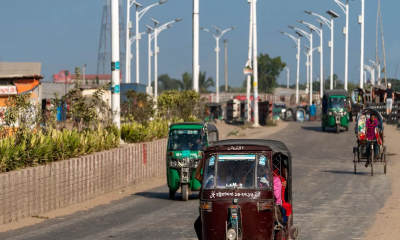
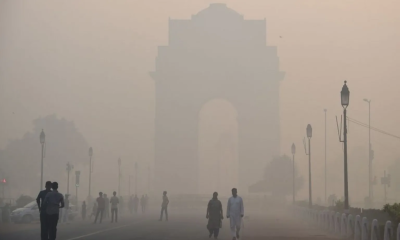
-20251226051932.jpeg)
-20251222051606.jpeg)
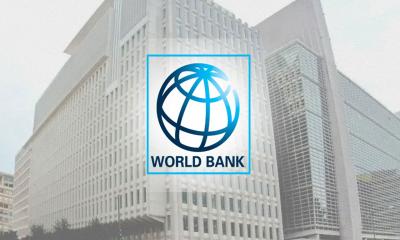
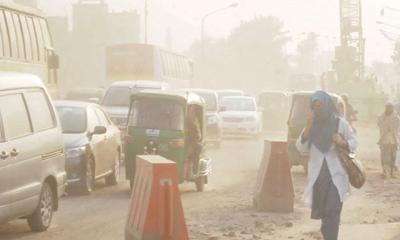
-20260108125417.webp)
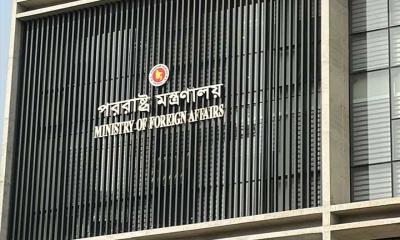
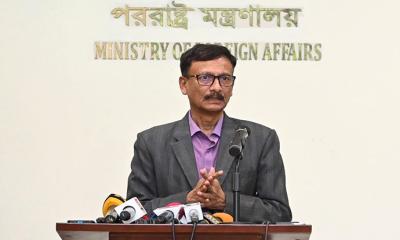
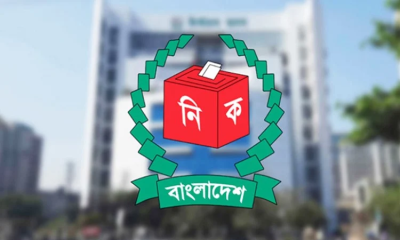
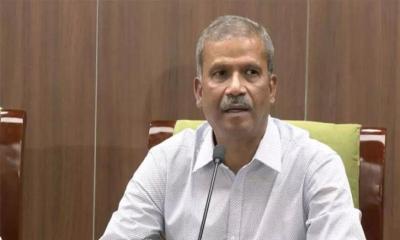
-20260108103159.webp)



-20260108082414.webp)

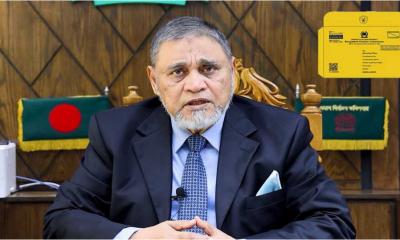
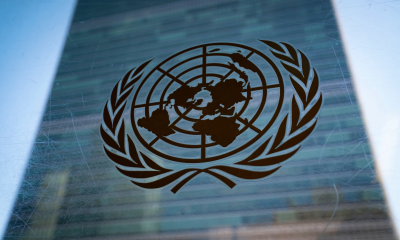
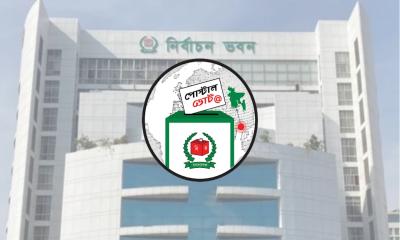
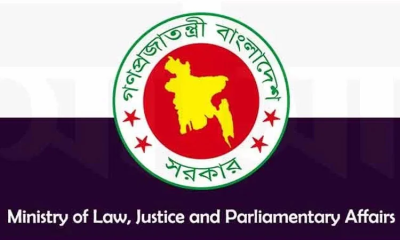
-(2)-20260102070806.jpeg)

-(25)-20251122062715-20260105041159.jpeg)
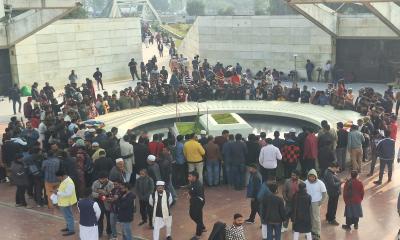
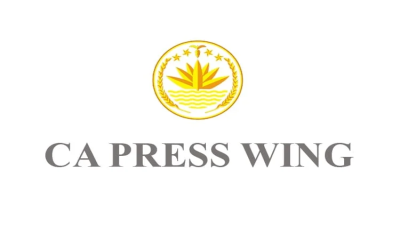

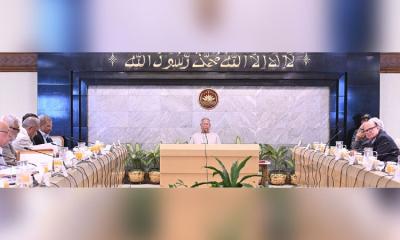
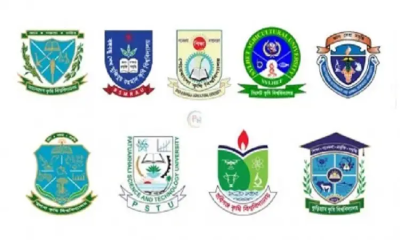
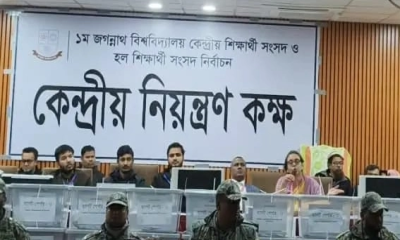
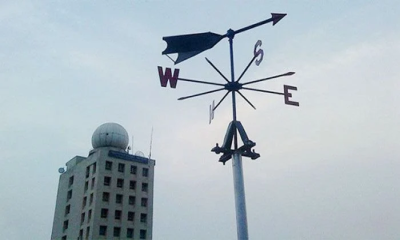

-20260103102222.webp)
